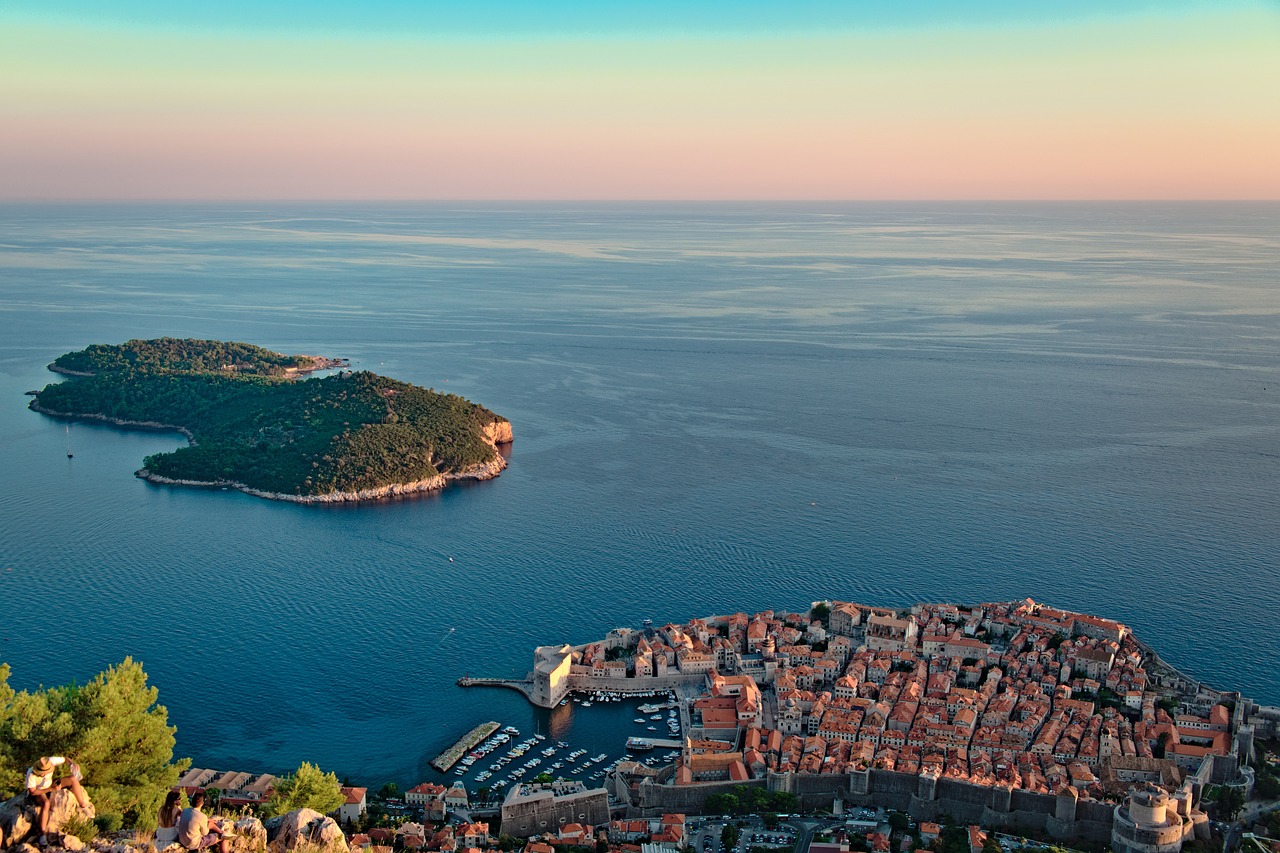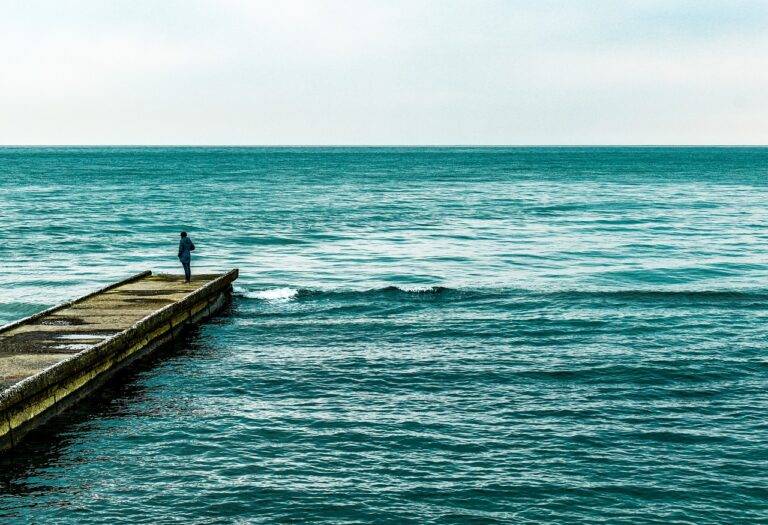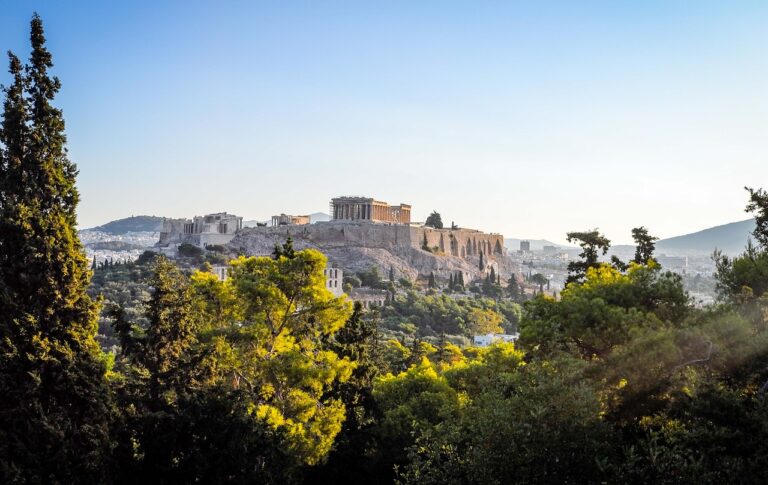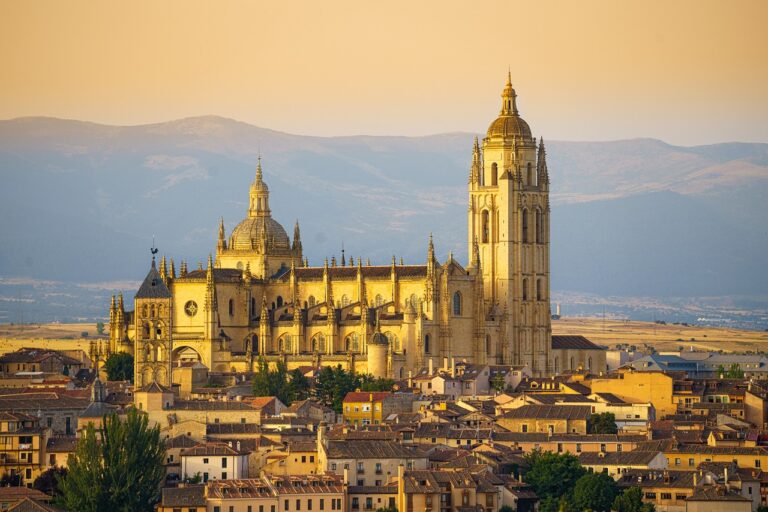Pilgrimage Routes: Tracing Ancient Paths of Spiritual Journeys
The Camino de Santiago is a historic pilgrimage route that has been traveled for centuries by pilgrims across Europe. It is a journey of spiritual significance and personal reflection, attracting people from all walks of life. The route, which leads to the Cathedral of Santiago de Compostela in northwestern Spain, covers various landscapes, from rugged mountains to lush valleys, offering pilgrims a diverse and enriching experience.
Along the Camino, pilgrims have the opportunity to visit charming villages, historical landmarks, and magnificent cathedrals. The route is not only a physical challenge but also a mental and emotional one, pushing pilgrims to confront their innermost thoughts and feelings. The sense of camaraderie and support among fellow pilgrims is palpable, creating a unique sense of community and shared purpose along the way.
The Kumano Kodo in Japan
Tucked away in the scenic Kii Peninsula, the Kumano Kodo offers pilgrims a journey through ancient forests, sacred shrines, and traditional villages. This UNESCO World Heritage site consists of a network of trails that have been walked for over a thousand years, attracting travelers seeking spiritual solace and natural beauty.
The Kumano Kodo is not just a physical pathway but a spiritual one, where visitors can experience the deep connection between nature and religious practices. The tranquility of the forested paths, the peacefulness of the shrines, and the welcoming hospitality of the local communities along the way make this pilgrimage an unforgettable and enriching experience.
The Via Francigena in Italy
The Via Francigena is an ancient pilgrimage route that spans over 1,200 kilometers, connecting the English Channel to Rome. Pilgrims from all over Europe have walked this historic trail through the picturesque countryside of Italy for centuries. This journey not only offers a physical challenge but also provides spiritual enrichment as travelers pass through charming medieval villages and visit stunning historic sites along the way.
The route takes pilgrims through regions such as Tuscany, where the rolling hills and vineyards create a peaceful backdrop for reflection and contemplation. Along the way, travelers have the opportunity to immerse themselves in the rich culture and history of Italy, indulging in delicious local cuisine and forging connections with fellow pilgrims. The Via Francigena is a truly transformative experience that allows walkers to disconnect from the modern world and reconnect with themselves and the beauty of the Italian landscape.
What is the Via Francigena?
The Via Francigena is an ancient pilgrimage route that stretches from Canterbury in England to Rome in Italy.
How long is the Via Francigena?
The Via Francigena is approximately 1,200 kilometers long, depending on the specific route taken.
How long does it take to walk the Via Francigena?
Walking the entire Via Francigena usually takes around 2 to 3 months, depending on your pace and starting point.
Are there any specific accommodations along the Via Francigena?
Yes, there are various accommodations along the route including hostels, guesthouses, and hotels, as well as pilgrim shelters and campgrounds.
What is the best time of year to walk the Via Francigena?
The best time to walk the Via Francigena is typically in the spring or fall when the weather is milder and the crowds are smaller.
Are there any guided tours available for the Via Francigena?
Yes, there are a number of companies that offer guided tours along the Via Francigena for those who prefer a more structured experience.





